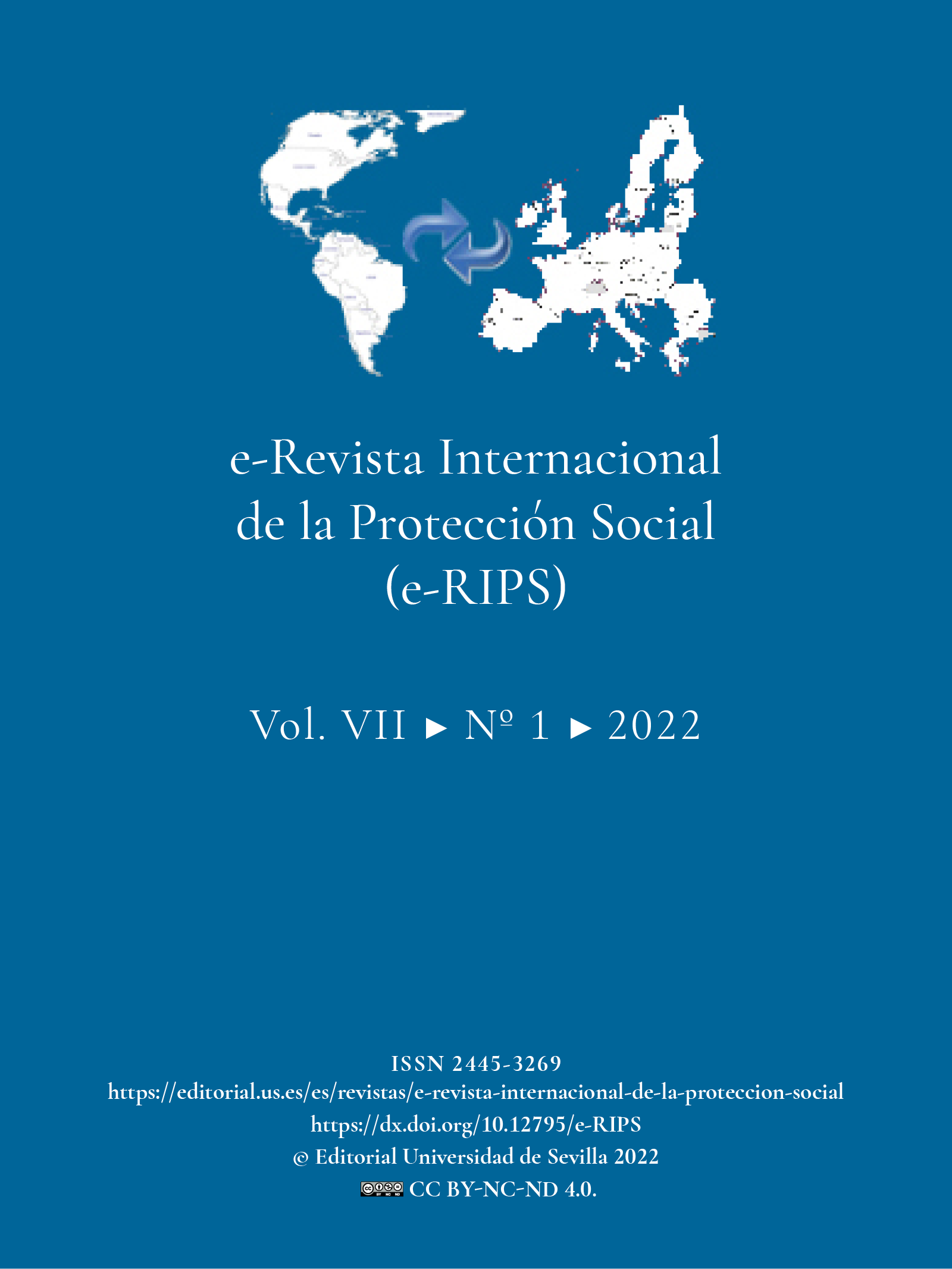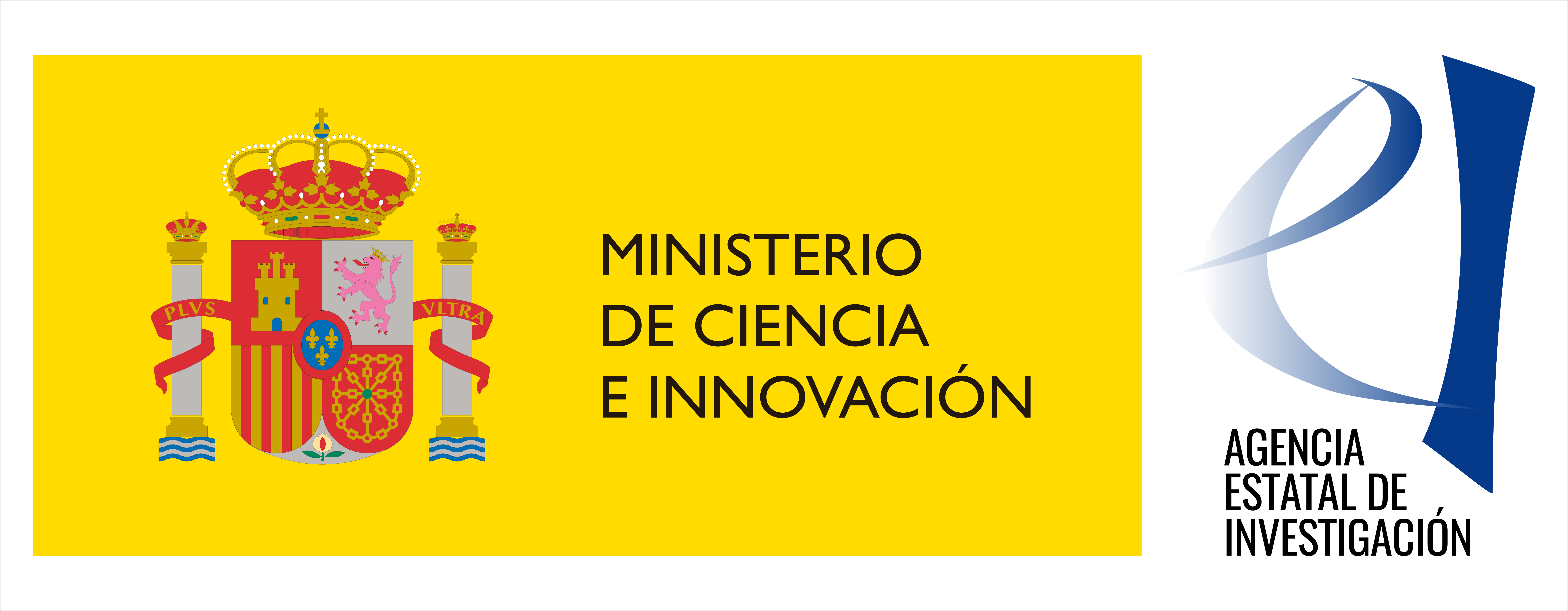Artificial intelligence for the workplace. A focus on accident prediction
DOI:
https://doi.org/10.12795/e-RIPS.2022.i01.05Keywords:
Artificial intelligence, Work accidents, Occupational risk prevention, Virtual reality, TrainingAbstract
Artificial Intelligence is present in all areas of our lives, however, little or nothing is known about what this concept entails, what it implies, in what environment or situations of our lives it is present, but above all if it is applicable to the identification and prevention of accidents at work in our companies. To do this, we will make a brief approach to the birth and evolution of Artificial Intelligence, as well as its uses and applications today. We will also present the possible implications that it has on safety and health at work, and we will verify the existence or not of tools and programs that use it for accident prevention, concluding that virtual reality is the most important in these areas.
Downloads
References
Agencia Europea para la Seguridad y Salud en el Trabajo: Estudios prospectivo sobre riesgos nuevos y emergentes para la seguridad y salud en el trabajo asociados a la digitalización en 2025, Oficina de Publicaciones de la Unión Europea, Luxemburgo, 2018.
Aguilar del Castillo, M. C.: “El uso de la inteligencia artificial en la prevención de riesgos laborales”, Revista Internacional y Comparada de Relaciones Laborales y Derecho del Empleo, vol. 8, núm. 1, 2020.
Álvarez-Esteban, P. C.; Barrio, E.; Rueda O. M.; Rueda, C.: “Predicting COVID-19 progression from diagnosis to recovery or death linking primary care and hospital records in Castilla y León (Spain)”, PLoS ONE, 16(9): e0257613, 2021 (DOI: https://doi.org/10.1371/journal.pone.0257613).
Baz Tejedor, J. A.: “Inteligencia artificial y privacidad del trabajador predictible”, en Baz Rodríguez, J. (dir.): Los nuevos derechos digitales laborales de las personas trabajadoras en España, Wolters Kluwer-Bosch, Las Rozas, 2021.
Cañedo Andalia, R. y Guerrero Pupo, J. C.: “Gideon: una joya entre los recursos de información sobre enfermedades infecciosas en el Web”, Revista Cubana de Información en Ciencias de la Salud, vol. 18, núm. 4, 2008, 2020.
Collins, L.: Análisis de personas: recalcular la ruta, Deloitte Insights, 2017.
García Armada, E.: Robots, CSIC, Madrid, 2015.
González, R.: “El test de Turing: dos mitos, un dogma”, Revista de Filosofía, vol. 63, núm. 1, 2007.
Jansen, A.: Riesgos emergentes para la seguridad en el lugar de trabajo; trabajando en el mismo espacio que un cobot, 2018.
López de Mántaras Badia, R.: “El traje nuevo de la inteligencia artificial”, Investigación y Ciencia, núm. 526, 2020.
López de Mántaras Badia, R. y Meseguer González, P.: Inteligencia artificial, CSIC, Madrid, 2017.
Macías García, M. C.: El infarto de miocardio derivado de la organización del tiempo de trabajo: el nuevo escenario en materia de tiempo de trabajo, Consejo Andaluz de Relaciones Laborales, Sevilla, 2020.
Macías García, M. C.: Las dolencias cardio y cerebrovasculares. Apuntes y propuestas para su tratamiento preventivo como enfermedades profesionales, Laborum, Murcia, 2021.
Rouhiainen, L.: Inteligencia Artificial, 101 cosas que debes saber hoy sobre nuestro futuro, Alianza Editorial, Barcelona, 2018.
Published
How to Cite
Issue
Section
License
Authors being published in this journal agree to the following terms:
- Authors retain their copyright and they will guarantee to the journal the right of first publication of their work, which will be simultaneously subject to license recognition by Attribution-NonCommercial-ShareAlike (CC BY-NC-SA 4.0 DEED)
that allows others to share such work provided that the author’s name and his first publication in the e-International Review on Social Protection is stated. - Authors may take other non-exclusive distribution license agreements version of the published work (e.g. deposit in an institutional digital file or publication in a monographic volume) provided that the initial publication in this journal is stated.
- Authors are allowed and encouraged to disseminate their work via the Internet (e.g. in institutional digital files or on their website) prior to and during the submission process, which can lead to interesting exchanges and to increase citation of the published work.
Accepted 2022-04-10
Published 2022-06-24
- Abstract 1683
- PDF (Español (España)) 2103
- HTML (Español (España)) 1213







